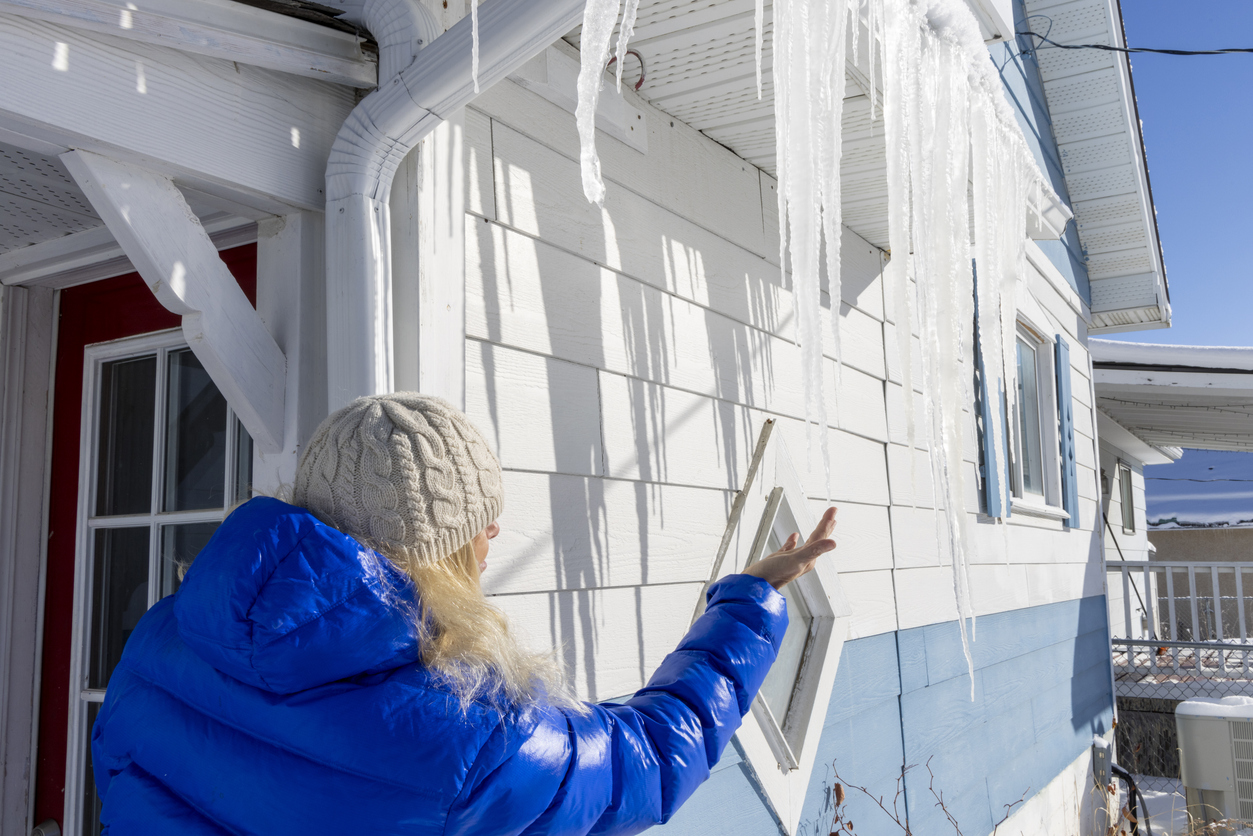This week, Claims Journal reported on the 53rd Weather Reconnaissance Squadron. They told the story of the 1944 bet that changed the way we receive severe weather data and warnings.
Back in 1944, Lt Coronel Duckworth made a bet that he could fly an American single engine aircraft into a hurricane without the plane falling apart. This was the start of the Hurricane Hunters. Duckworth was a former airline pilot who taught the Army Air Force how to fly through bad weather during the war. Among other things, he taught pilots how to reduce risks through skill, knowledge and careful planning. Duckworth was successful in the bet and realized he could collect valuable weather data from inside the storm.
Duckworth’s challenge has now evolved into the 53rd Weather Reconnaissance Squadron of the US Air Force Reserves. Today, this Squadron is based out of Kessler Air Force Base in Biloxi, Mississippi, and flies ten Lockheed-Martin WC-130J aircrafts into the eye of storms to gather weather data for the National Hurricane Center.
When a storm is beginning to form, the National Hurricane Center sends these Hurricane Hunters to investigate the system. The Hunters determine if it is a closed system with winds rotating in a counterclockwise position and gather information on the severity of the storm. The planes fly in between 500 and 1500 feet above the ocean’s surface for a low level investigation but increase the height for more major storms — 10,000 feet is the entry point for a Category 3+ Hurricane. As the Hurricane Hunters approach the strongest winds of the Hurricane they gradually turn into the wind, this is called crabbing, until they punch through into the calm eye of the storm. The aircrafts, without any special reinforcements, are suitable for these missions.
While in the storm, an aerial reconnaissance weather officer collects data from the storm environment. The data is collected from aircraft sensors every second. Once in the center of the storm “sondes” are released from the aircraft. The sondes provide an atmospheric profile to the Hunters and collect the data within the storm the same way as a weather balloon works, except sondes collect the information while dropping down to the ocean.
As the sondes are falling, and until they hit the water, a rate of twice per second, they send temperature, humidity, barometric pressure, wind speed, and wind direction readings. The weather officer on the aircraft is then able to send the information back to the National Hurricane Center with the exact latitude and longitude of the storm and analyze if the storm is getting stronger or weaker.
The data collected inside the storm is very valuable. The National Hurricane Center estimates that this data is 30% more accurate than projections gathered without going into the storm. The data allows the Hurricane Center to provide better information to citizens and more accurately order evacuations. The Hurricane Hunters have the ability to provide the most accurate forecasts and paths of the storms. Satellites are good detectors of storms but because they can’t determine interior barometric pressure or exact wind speeds, could be indicating a Category 2 storm that might really be a Category 3.
Hurricane Season starts in eleven days and this year as you watch the weather and wait for updates from the National Hurricane Center, you can now visualize how the information is gathered. The Hunters are required to be prepared to handle three different storms in one day, scoping the storms twice daily to make sure the most accurate weather data is available to the public.
If you are curious about what it would be like to fly into a storm, the Hurricane Hunters provide a Cyber Flight Demonstration on their website.



